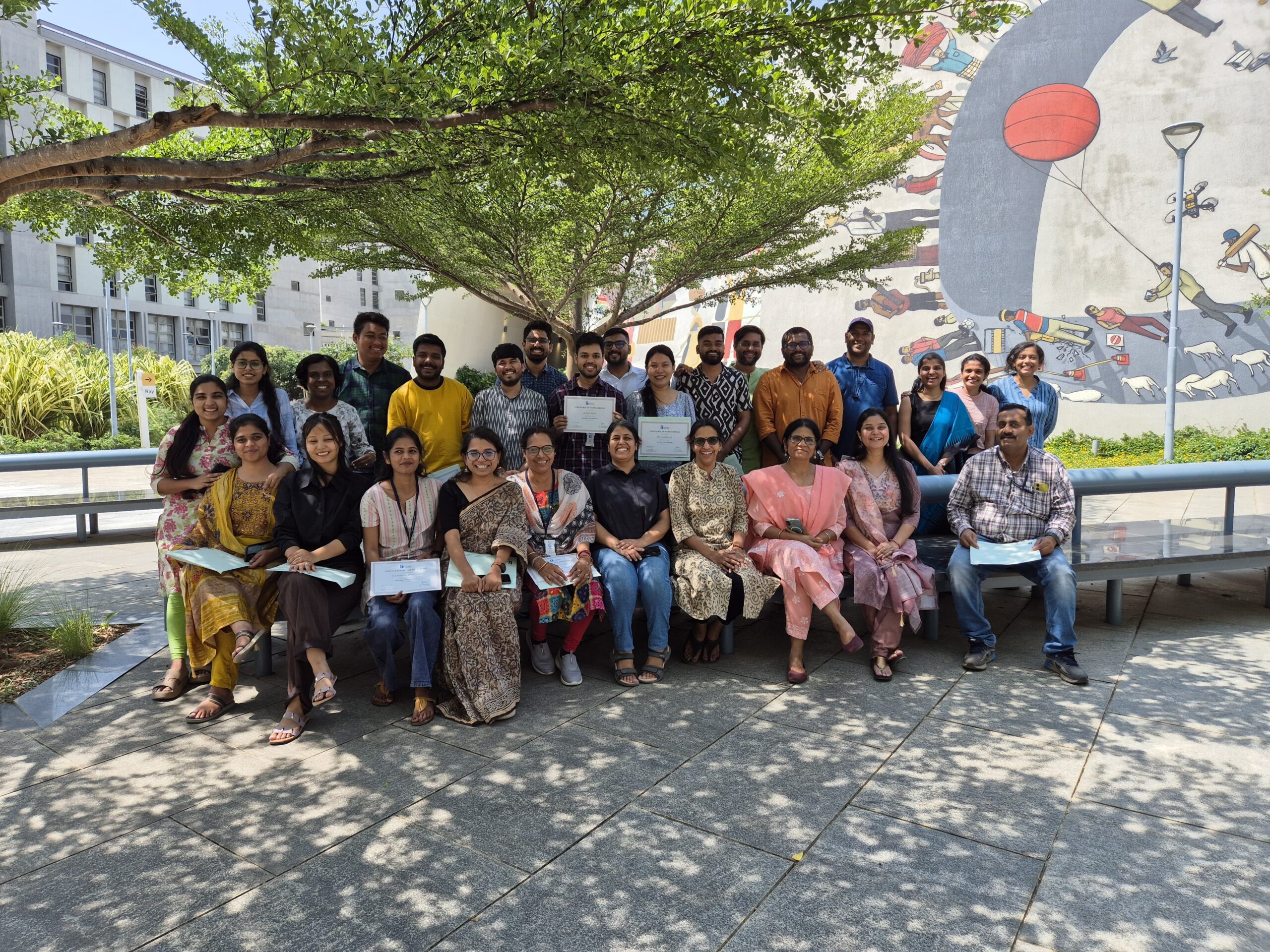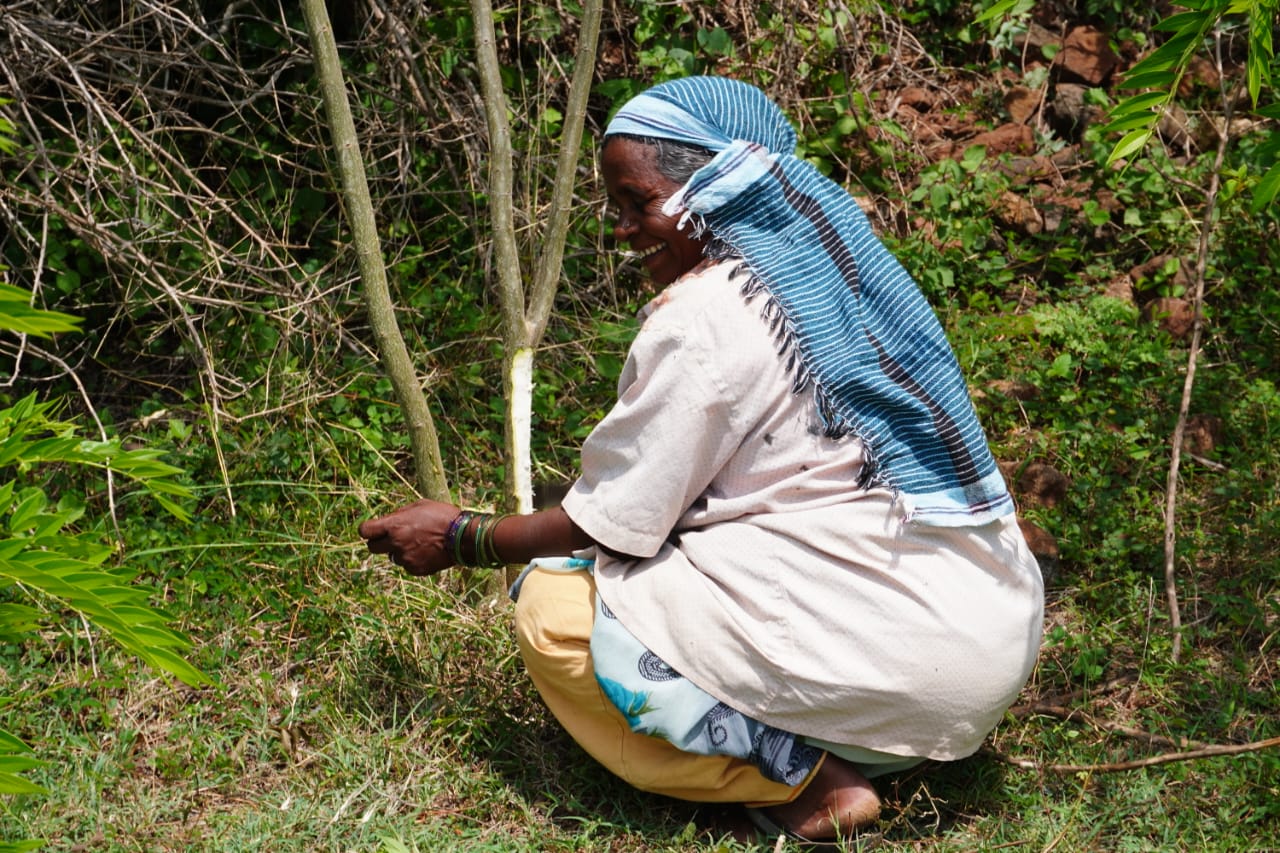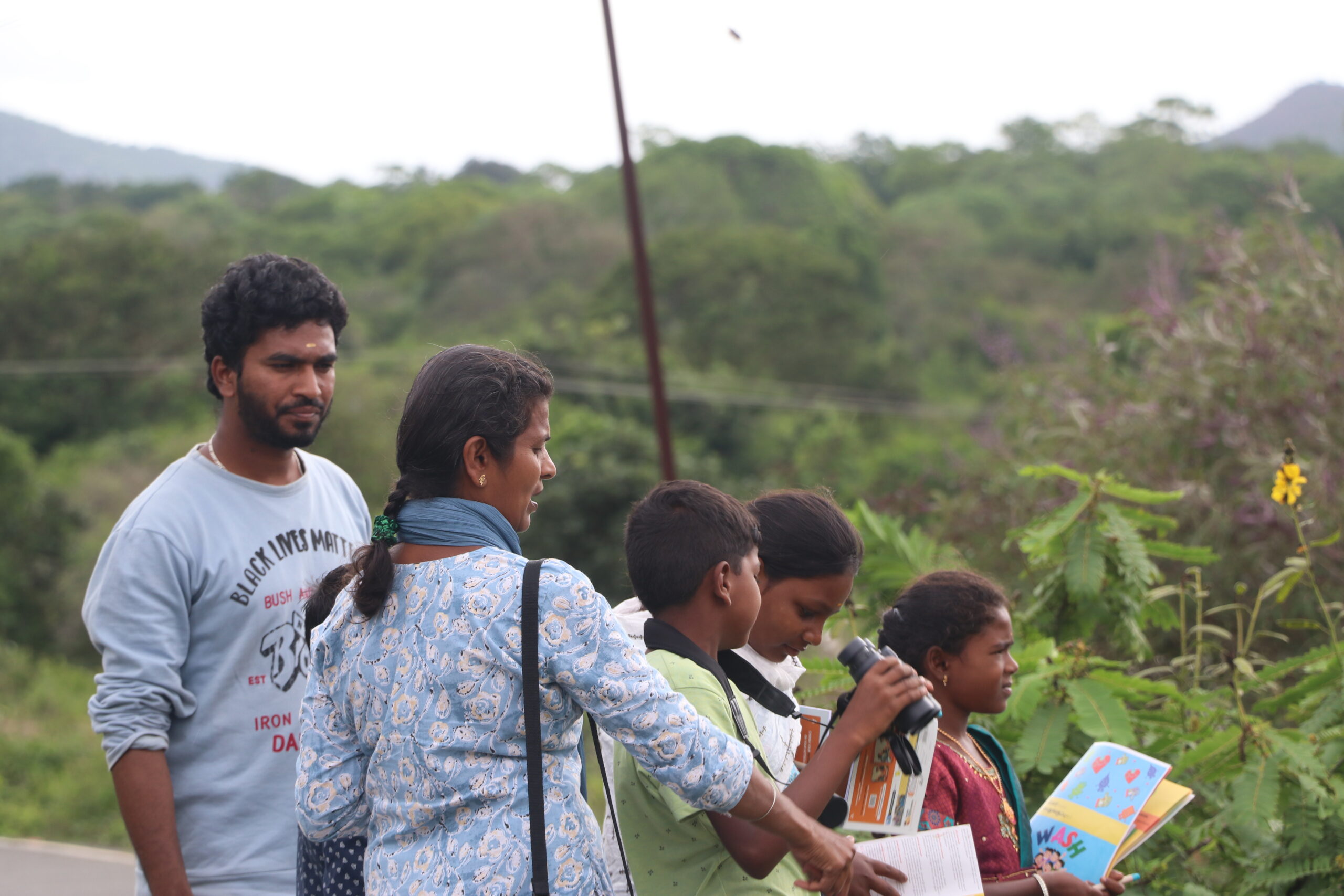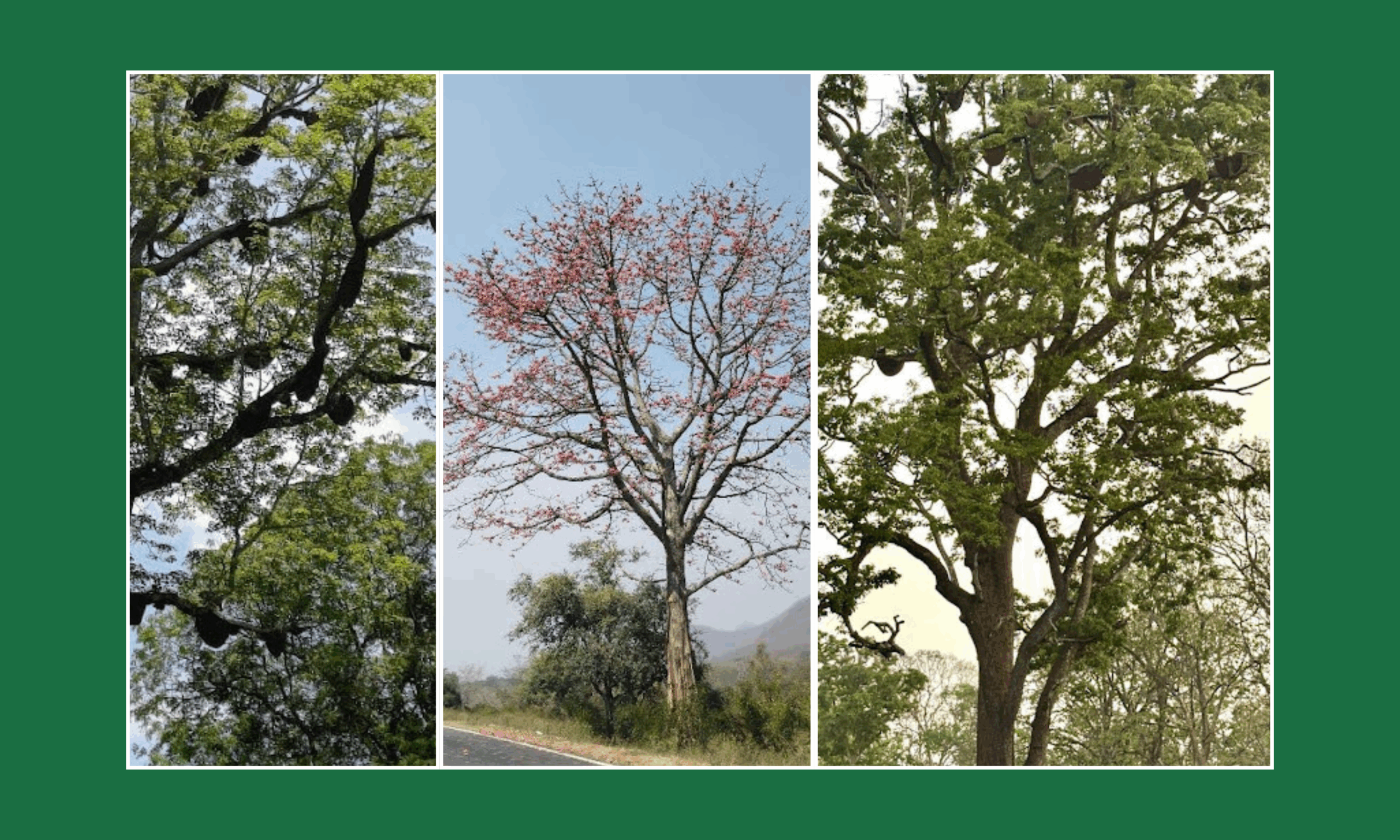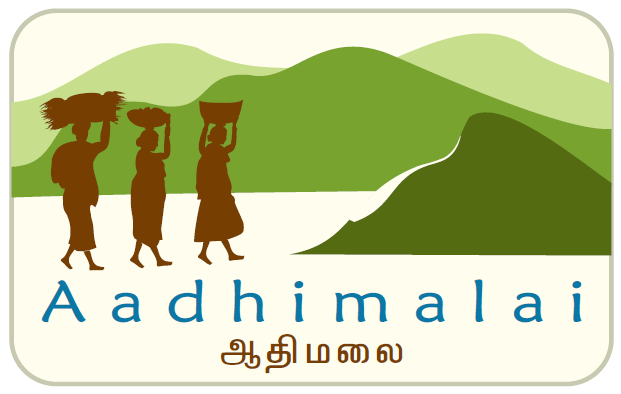By Reshma R., Climate Change and Sriram Paramasivan, Community Wellbeing
This month, Reshma and Sriram attended a course at Azim Premji University called Agro-Ecology: Science and Practice. Here they share their takeaways and experiences from the course. (May 2- 6th)
Reshma
Working with the implementation of Analog Forestry, a Gender-Just Climate solution, in Sigur for almost two years has given me knowledge and experience with Indigenous women farmers. Within Sigur, a rain shadow region, most of the community depends on agriculture as their primary means of livelihood. Cultivation is challenging for them as they have to invest a significant amount of money. Climatic variations affect their investments, causing them to lose interest in cultivation.
With this background, I realized that climate-resilient models like Agroforestry and Analog Forestry can offer solutions for this landscape. To deepen my understanding of agroecology and its models—Natural Farming, Regenerative Farming, Agroforestry, and Permaculture—I attended a 5-day course on “Agroecology: Science and Practice” at Azim Premji University.
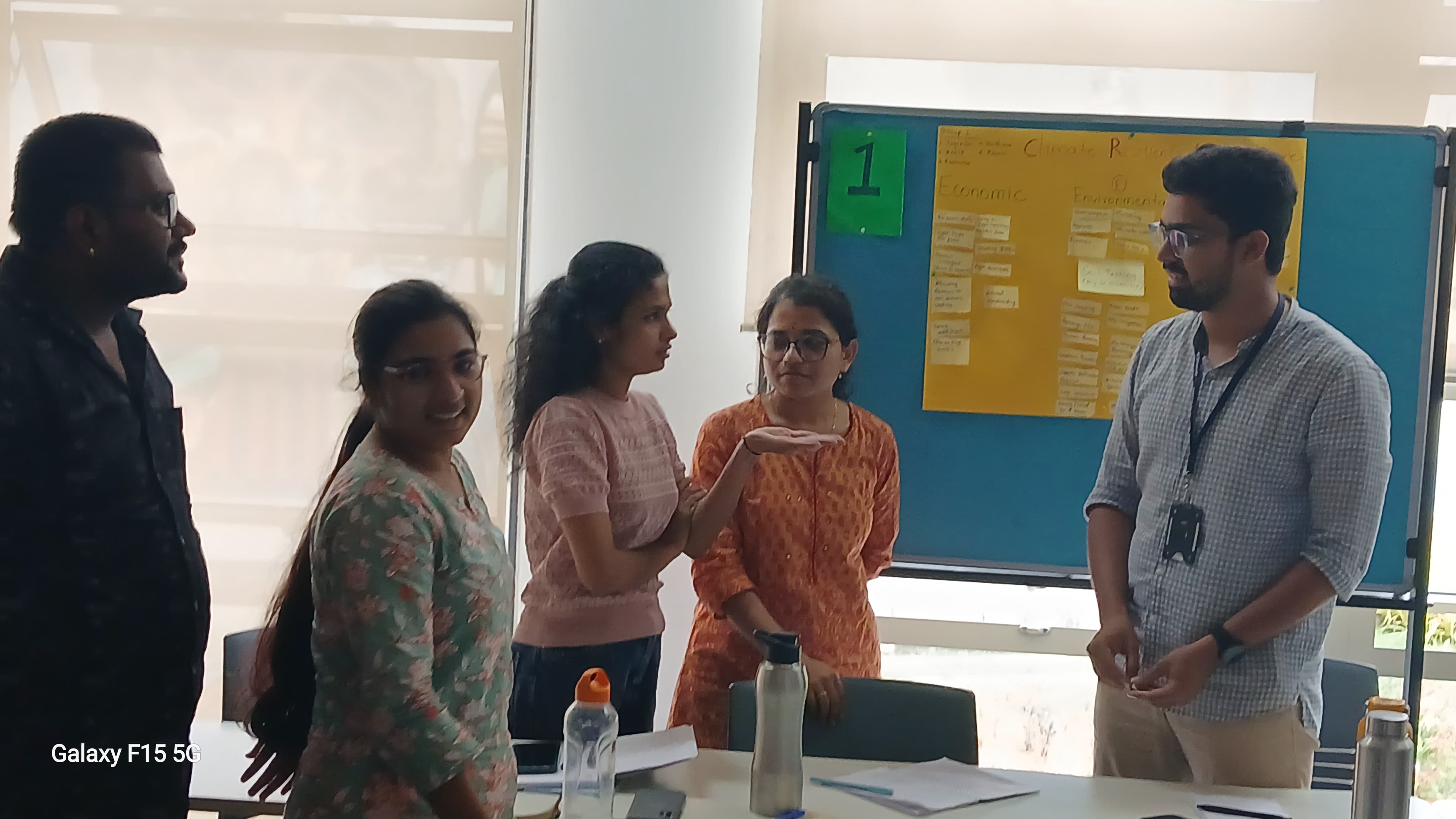
About the Course
The course is a certificate programme for professionals who are working in the areas of agroecology. One of the aims of the programmes was to bridge the gap in knowledge and practice for the professionals who are starting their career in the field of agroecology without a background in agriculture.

We studied sustainable agriculture, agroecological principles, and related enterprises through theory sessions. A field visit to an organic farm introduced us to bio-inputs, and we collected soil samples for basic NPK testing.
Field visit to an organic farm and a farmer who introduced several bio-inputs.
Key takeaway- Future implications
One of my main takeaways from this course was understanding how different organisations work in a water-stressed region. During group activities, we discussed ways to increase groundwater. Additionally, we explored various methods to improve soil organic matter, enhance microorganisms, and boost soil health. These useful practices can be applied in places like Sigur to help farmers develop more climate-resilient farmland.
Reflection
One gap that I found in the course would be in the explanation of different existing systems in Agroecology. I was very satisfied to participate in this course, as it helped me understand agroecology’s definition and how to apply its principles in projects and systems. This opportunity also connected me with diverse networks in my field, allowing me to learn from their experiences and apply them in my work.

Sriram
The “Agroecology: Science and Practice” course was life-changing because it linked lecture concepts to hands-on work. It showed agroecology as both a science and a movement combining ecology, justice, and economics, offering a holistic view of sustainable farming.
Lessons I Learned in the Course
1. I gained a better understanding of the course.
In the 1930s, ecological agronomy formed the foundation of agroecology and in the 1990s Agroecology as a practice and movement became institutionalised. The main points of agroecology consist of 13 principles that can be used at 4 different stages: field, farm, food system and in the planning of projects. Productivity and diversity are key tensions in agriculture: productivity focuses on maximizing yields while diversity focuses on ecological balance.
2. Learning in Practice
Cooperatives and Close-Proximity Model: I have seen how the village-based cooperative Dharani and nearby short supply chains like Community Supported Agriculture benefit farmers by providing them with 52 percent of the profits. Timbaktu Organic is an example worth ranking as well. I also learned that research found that over-fertilization in natural farming in India could hurt the soil, owing to limiting subsidy policies.
3. Evaluative Reasoning
Some experts in agroecology and sustainable agriculture believe that government policies supporting food security often overlook farmers’ perspectives; such policies—like subsidies for chemical fertilizers—can harm the environment.On the other end, these experts feel that scientists focus on preserving the environment and life diversity.
Cross Impact: Agroecology faces challenges adopting advanced farming methods from the Green Revolution because it depends heavily on local knowledge.
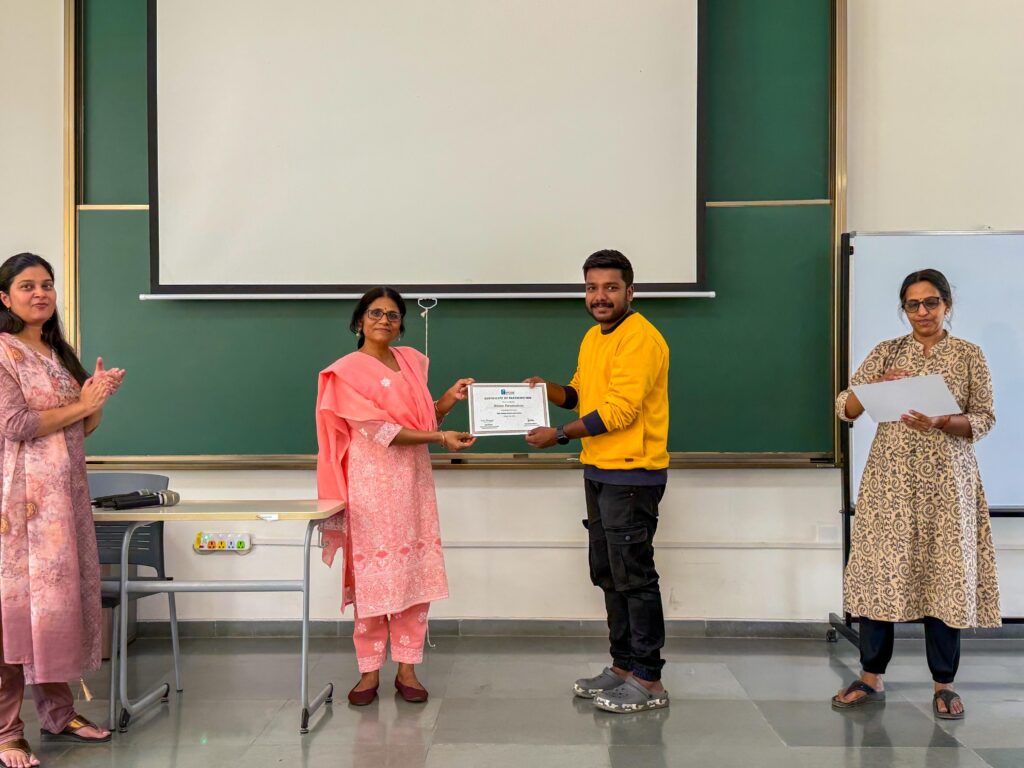
Future applications
Mostly, I work closely with Indigenous farmers in Tamil Nadu, Kerala, and Karnataka in the Nilgiris Biosphere Reserve(NBR). This course will help me view our upcoming work through an agroecological lens. Now, I am preparing to share the knowledge about soil recycling and multi-crop farming with nearby farmers at my work. Learn about PGS and organic certifications, which help farmers and scientists work together using soil and water tests.
Strategy: Campaign to improve India’s policies on natural farming, agroecology, and promote local soil and water testing. Taking this course changed the way I see farming and sustainability, and the priority between food security and Agriculture. I learned how to understand different policies, support small business owners, and help local communities. Now, agroecology represents more than agriculture—it helps make food systems fairer and more reliable for all.
Photos Credits by :Reshma, Sriram Paramasivan

